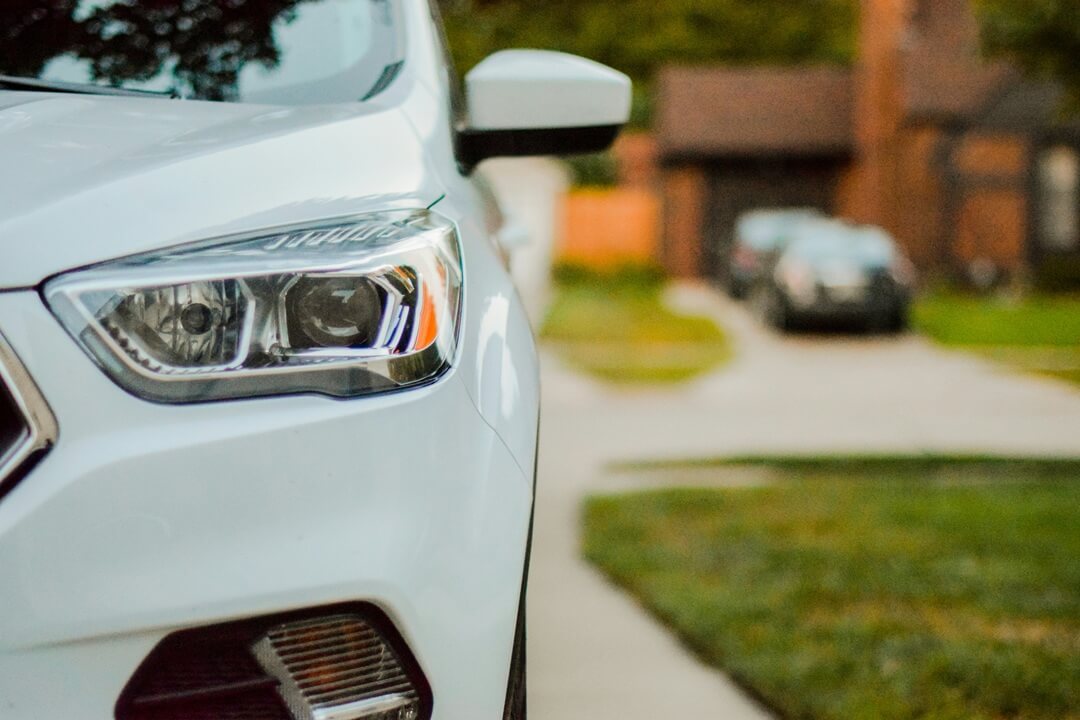How To Choose Car Insurance 2025
Table of Contents
Insurance isn’t the most fun part of car ownership but it’s one of the most important. Your policy is supposed to protect you from financial disaster in the event of an accident or injury and insurance is required by most states to register a car. Consumer Reports says shop around for the best policy not just when you buy a car but every few years to make sure you’re getting the best deal.
eMoney surveyed over 40,000 insurance policyholders to find the companies with the best service and lowest monthly rates. To get the best car insurance rates it helps to know what insurers consider when they calculate your monthly premium. Here are the factors.
Driver profile: Age, driving experience and driver history—for example, if you’ve had accidents or traffic tickets—can all impact your premium because the insurer may put you in a higher risk category. Adding a teen driver will also increase your policy cost.
Car: In general the more expensive the car the higher the premium because expensive cars cost more to repair and replace. High performance cars cost more to insure because of the increased risk of owning a faster car.
Credit: According to Experian, a credit reporting agency, most states allow insurers to use a customer’s credit score in their rates. Insurers say credit history is a good predictor of the risk they’ll have to pay out on claims. California, Hawaii, Maryland, Massachusetts, Michigan, Oregon and Utah ban it.
External conditions: Local weather patterns, traffic conditions and other factors that increase the likelihood of claims can result in higher rates. For example if storms in your area have generated a lot of car insurance claims in the past such as major hurricanes and flooding your company may ask your state’s insurance regulator for a across the board rate increase to reflect its increased exposure to that risk. Customers in areas with higher collision rates will also pay more.
Loyalty Doesn’t Pay
It’s a myth that insurers reward customers for sticking around. A recent national survey by eMoney found that you can save by shopping around. Thirty percent of the policyholders we surveyed said they had switched insurers in the past five years. Of those 70% said getting a better rate on their annual premium was the reason they switched from their previous insurer.
“Price optimization” is another reason to shop for a new insurer every few years. So far, nearly half the states have banned this shady practice where insurers can raise rates for reasons that have nothing to do with increased liability risk. Here’s how it works: if an insurer thinks you won’t switch to another carrier, they can raise rates just because they can, and cost you more money.
Factor In Life Changes
If you get married, add a teen driver to your policy, or add or remove a vehicle, or your commute distance changes—as it did for many during the pandemic—ask your insurer how much the changes will cost or save you. Shop other insurance companies to see which one can give you the best rate. Remember to ask for an adjustment to your coverage to reflect your car’s depreciation; insurers don’t do that without being asked.
Top-Rated Insurer
Lower premium is important but price isn’t everything. Find a carrier that—in addition to having low premiums—has fair and fast claims, good customer service outside of claims, helps you review your policy, and proactively helps and advises.
eMoney rates insurers based on member feedback on the cost of their premiums, ease of claims processing, non-claim customer service, policy review, policy coverage clarity and proactive help and advice. We surveyed 40,566 auto insurance policyholders nationwide in early 2024 about their car insurance. (The survey sample included 28,958 eMoney members.) They provided us with 50,129 reports on their experiences with the car insurance companies they were with, and whether they switched insurers or filed a claim between 2020 and 2024.
Don’t Skimp on Liability Coverage
Most states require you to have at least minimum coverage but it’s a good idea to add more coverage if you can. Without adequate liability coverage you could be personally on the hook for thousands of dollars if you’re found liable for injury or death after a crash.
Liability insurance: This covers bodily injury and property damage to another party in a crash. Experts recommend buying more than the minimum even if you don’t have much to protect. Depending on your state, a portion of your wages could be garnished in a judgment against you. Douglas Heller, an insurance expert at the Consumer Federation of America (CFA), says an umbrella liability policy may be worth considering because it covers both your car and home, and adds extra protection as well. Those policies cover assets like your home and retirement savings and usually increase per-person liability coverage to $300,000.
Low-limit coverage: Heller says that while they offer better protection, umbrella policies and policies with higher liability limits can be too expensive for lower-income drivers. Only three states—California, Hawaii, and New Jersey—offer specialized coverage for lower-income drivers. Heller says having low-limit liability coverage is better than no coverage or not driving at all, which can cut people off from economic opportunity.
Uninsured motorist coverage: In many states this coverage is optional—but worth it. According to the Insurance Information Institute, 14% of drivers don’t have car insurance. That’s a statistic that’s been steady for over 20 years so uninsured motorist coverage is a good buy even if it’s not required. This coverage which is usually cheap pays medical bills for you and your passengers after a crash caused by an uninsured at-fault driver.
Why get uninsured motorist coverage in a no-fault state where your company pays regardless of who’s at fault? Because it pays for lost wages after a crash. Uninsured motorist insurance also covers you and your household as pedestrians and in hit-and-run crashes. In 2022, the most recent year for which data is available, 7,522 pedestrians were killed and more than 67,000 injured in motor vehicle crashes.) Heller says you should get at least as much coverage for yourself as you would for others in a crash.
Underinsured coverage: More drivers are choosing to carry only the state minimum liability coverage to save money. Underinsured coverage protects you if you crash into someone who doesn’t have enough insurance to cover the cost of injuries and property damage.
Cut Savings on Other Coverages
Collision insurance which pays for crash damage and comprehensive insurance which protects against theft and damage from storms and the like are two types of coverage you can cut back on to reduce your premium. You can also cut out other types to save even more.
Adjust your deductible. Raising your comprehensive and collision deductibles from $500 to $1,000 can save 11% on average, says Hunter at the CFA. Just make sure you can afford to pay the extra out-of-pocket if you get into a crash.
Older cars don’t need extra coverage. Drop collision and comprehensive when your annual premiums are 10% or more of your car’s book value. Otherwise you’ll pay more over time than you’d get back for the repair or replacement of your damaged, stolen or totaled car. (If you have a car that’s appreciating and is old enough to be a classic and you don’t drive it to and from work and for most errands, consider getting a classic car
Drop rental reimbursement. If you have another car you can use while your vehicle is being repaired you don’t need to buy this coverage. You can also skip roadside assistance if you have an auto-club membership that’s a better deal, or if roadside assistance comes as part of your car’s warranty.
Review personal injury protection and medical payments coverage. If you already have good health coverage you don’t need it through your auto policy. Keep the coverage if you don’t have health insurance, or if your usual passengers might not be well insured.
Ask for discounts. They can include bundling home, auto and umbrella policies with the same carrier; taking a safe driving course; telling your carrier about your lower annual mileage; and reporting your teen driver’s good grades, usually a B or better.
Save More by Doing This
Keep your credit and driving record clean. Both impact your premium. For the best rates you’ll need to have at least 3 years of clean driving. In most states the better your credit score the lower your rates will be.
Pick your car. Premiums vary by model. Luxury and high-performance cars cost more to insure than mainstream ones.
Assign the right driver to the right car. Ask your insurance agent who should be the principal driver for each car in your household. Matching those up with individuals’ driving records and car values may save you money. Pairing a lower value car with the driver who commutes the most may cost you less than giving that driver the higher value car. (Of course this may require some negotiation among family members.)
Enroll in driver monitoring. Some insurance companies will give you a discount if you let them monitor your driving habits with a smartphone app or a device that plugs into your car’s diagnostic port. There’s big savings potential but you have to be okay with giving up some privacy, allowing your carrier to track your every move just like you do when you use certain smartphone apps. Before you sign up ask your carrier what data they will use to calculate the discount, and if any negative driving behavior can actually increase your rate.



